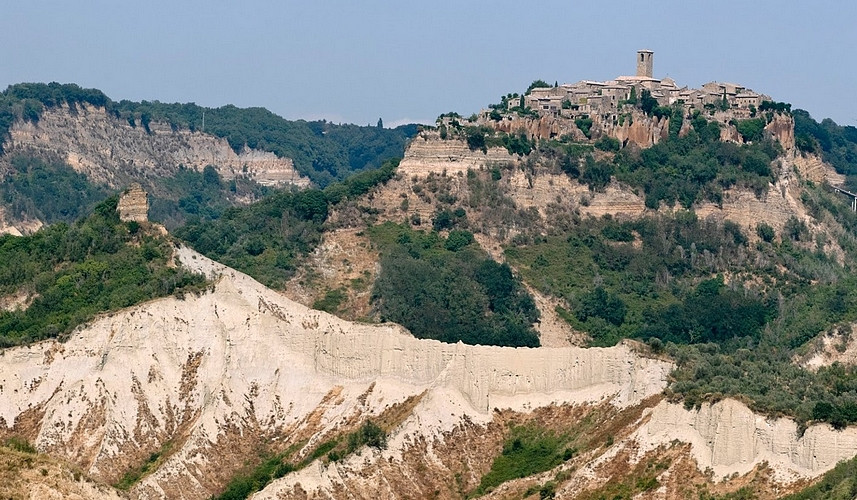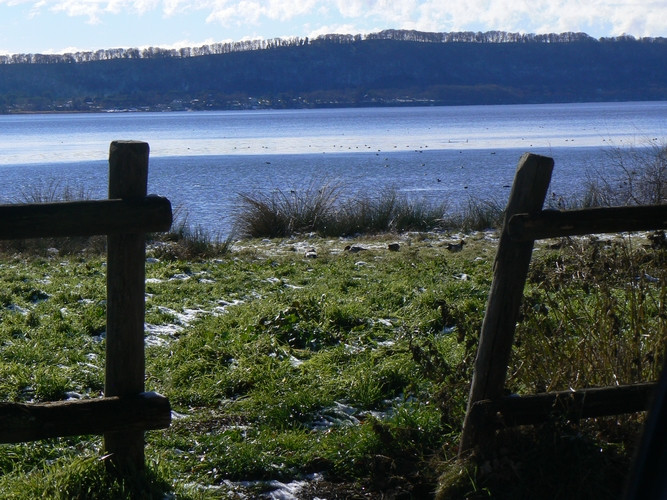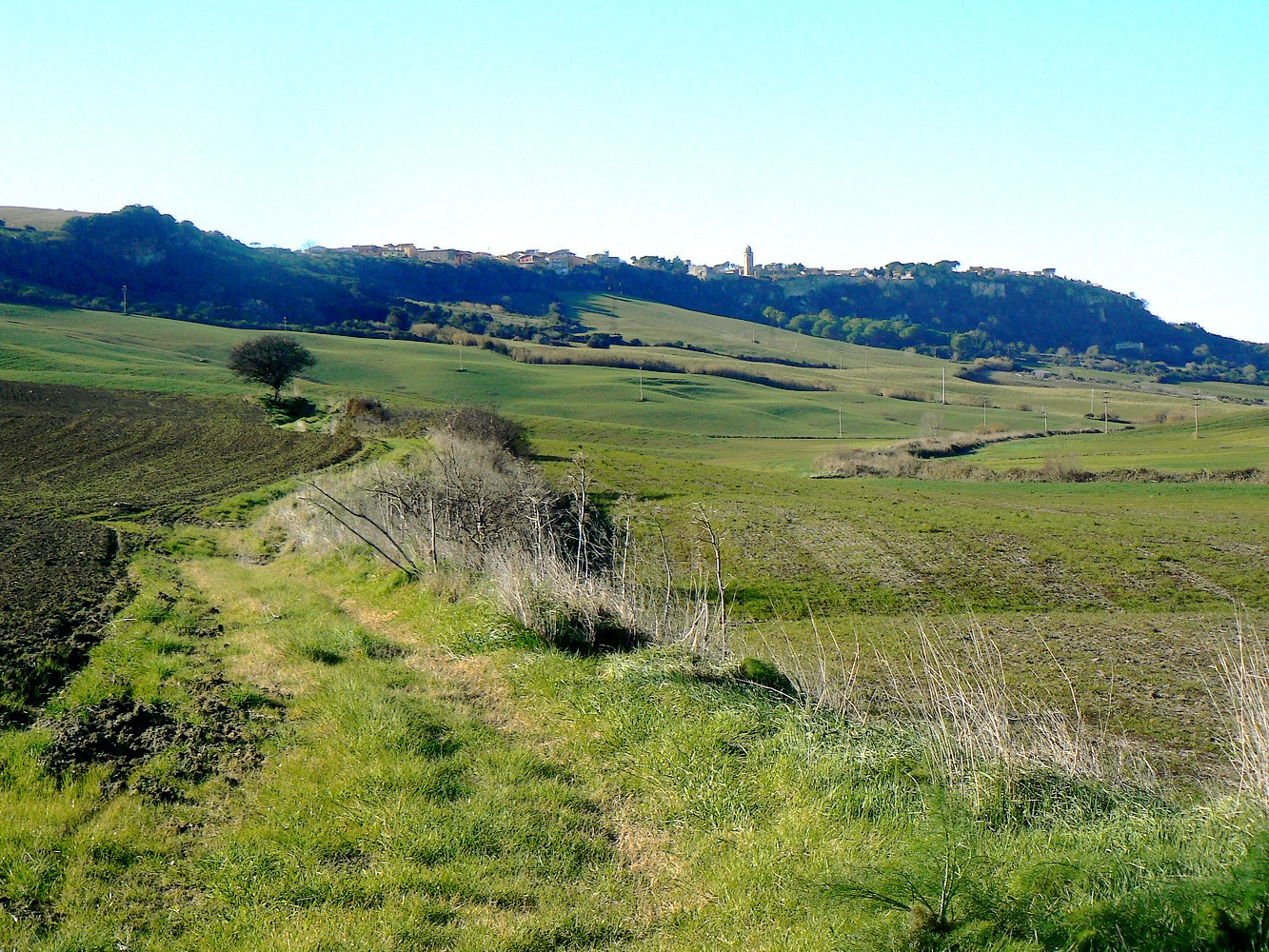Blog
- Details
- Category: escursioni
- Hits: 504
Civita di bagnoregio in the “Teverina Viterbese” region, an intact, semi-abandoned medieval village, perched on a rocky promontory, which, due to the progressive subsidence of the land tongue that still unites it to its hinterland, is becoming like an "island" surrounded by white gullies.
- Details
- Category: escursioni
- Hits: 259
A geological past dramatically explosive, over 1.3 million years gave shape to the entire Cimina-Viterbo region, creating the volcanic cone of Mount Cimino, the tufa plains and the caldera of Vico, that is the huge crater today home to one of the pearls of the biodiversity of Lazio: Lago di Vico.
- Details
- Category: escursioni
- Hits: 508
The Etruscan treasures of the Tarquinia necropolis, UNESCO World Heritage Site, make this town one of the most precious and renowned archaeological sites in the world, above all thanks to the spectacular paintings of the underground tombs, representing snapshots of a culture that has 3000 years of history.
- Details
- Category: escursioni
- Hits: 402
Canepina owes its name to hemp (hemp in italian is: canapa), a cultivation, for which the village, located on a ridge descending from Monte Cimino's eastern slopes, was famous until the postwar period. Today only a small museum remains in memory of that past, because Canepina, despite the name, has devoted his role of agricoltural production centre, to chestnut.






